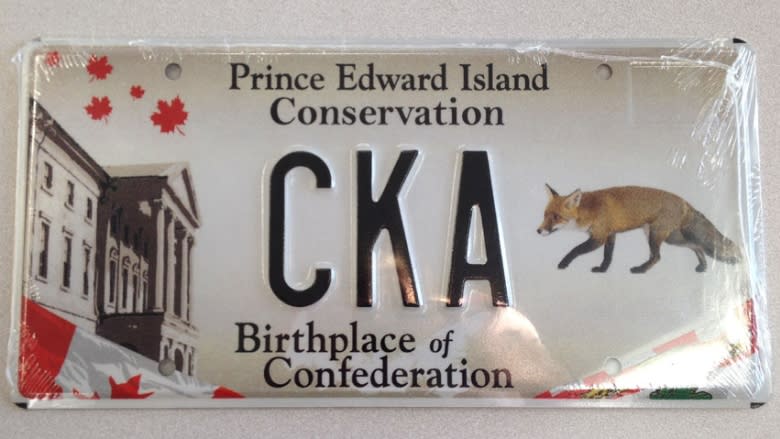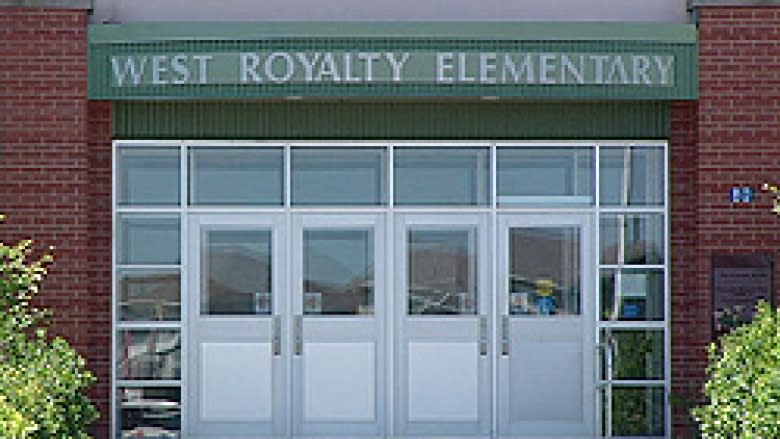4 things we learned from P.E.I.'s new open data site
This week the P.E.I. government launched a new website, which, for the first time, includes access to a somewhat random assortment of raw government data sets, in a standardized format.
The data is available to be downloaded, poked, prodded and pie-charted in whatever imaginative ways the somewhat-technologically-minded can come up with.
At its most basic, the open data includes straight-up lists of things, like the number of forest fires in the province each year. You can learn things like that just by looking at the raw information.
Other data sets are waiting to be sorted and cross-referenced in just the right way so as to unlock the mysteries of the Island. Or at least, to reveal trends that could provide valuable insight into P.E.I. living.
Self-professed "data geeks" were somewhat gleeful at the launch of the new website. Here are a few things they've turned their attention to so far, along with one or two we've pulled from the data ourselves.
The foxes have it
As part of a sort of "trial run" to test out the new data, members of the PEI Open Data Book Club grabbed numbers for the sale of conservation licence plates.
Using this data, they created a bar chart showing the licence plate bearing a fox, has been by far the most popular of the five styles offered.
Co-founder of the club, Michael Easter said it's a simple illustration of how people can take raw government data and manipulate it to add value and provide greater understanding.
"It's just about the notion of civic engagement, of finding out, 'Oh I didn't know the government had this. Why do they do it this way?' And what I call the physical effect of leaning forward. Just finding something out and actually leaning forward with interest because of some revelation, whether it's the data itself, or that you just didn't know that they were collecting data."
Growth in school populations
Josh Biggley looked at school enrolment figures and was surprised to see that not all the schools with the biggest growth since 1999 are in the capital region:
Biggley acknowledged some of the schools (Souris and Mt. Stewart) had grown as a result of consolidation. He said data like this is important because it's a tool to allow the public to assess government policy decisions — in this case, perhaps around possible school closures, expansion or rezoning.
"Being able to assess investment into new education infrastructure, determining opportunities for rezoning to reduce commute time, etc. could all be informed via open data," he said.
Guzzling gas?
Open Data Book Club member Chris Mears is looking forward to cross-referencing data on gasoline sales volumes with motor vehicle registrations.
"We all like to keep tabs on the price of fuel in Prince Edward Island and make every effort we can to game the system just a bit to try and save as much money as we can," he said. "To that end, we might buy smaller cars in response to the seemingly ever-increasing cost of fuel. These two sets would allow us to report on trends in the types of cars we purchased and what was happening to the cost of fuel at the same time."
While we wait for Mears' analysis, the data show the number of vehicle registrations in the province increased by 20,173 from 2008 to 2016 — an increase of 16 per cent. The total registrations for 2015-16 is 124,221.
Civil service shrinks
Another data set shows how many civil servants were employed by the P.E.I. government in December of each year from 2004 to 2015 (not including employees of Health PEI or the province's school boards).
According to the data, the size of the provincial civil service, over this time period at least, peaked in 2010 when there were 3,507 employees. Since then the number has dropped by 14 per cent, down to 3,030.
A related data set shows the PEI Liquor Control Commission has the highest proportion of unclassified employees (46 per cent out of a total workforce of 234). Unclassified employees include casual, temporary, contract and student workers.
Some unclassified employees are hired outside the normal competitive process of the Public Service Commission.
-
MORE P.E.I. NEWS | P.E.I. trade mission wraps up
-
MORE P.E.I. NEWS | UPEI, faculty association back at the bargaining table
Correction : A previous version of this story said unclassified employees are contract positions hired outside the normal competitive process of the Public Service Commission. In fact unclassified employees include casual, temporary, contract and student employees. And only some of those positions are hired outside the commission process. (Jun 16, 2016 9:49 AM)



